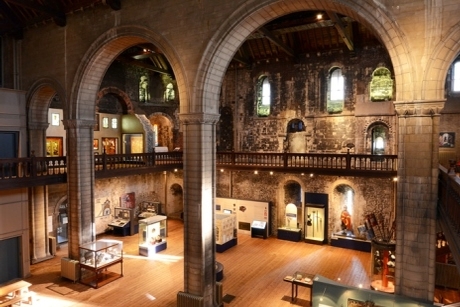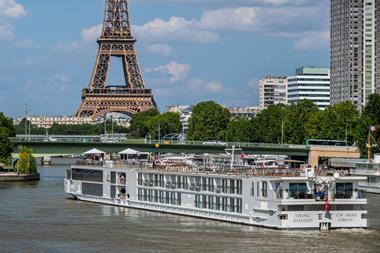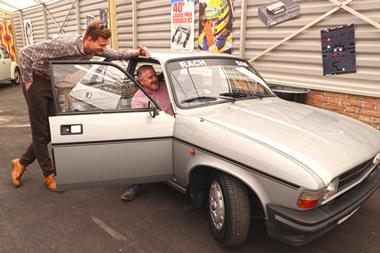
Norfolk Museums Service has received earmarked funding from the Heritage Lottery Fund for the Norwich Castle: Gateway to Medieval England project.
The initial development grant of £462,400 will go towards transforming the castle and create greater access, new displays and innovative learning and event programmes.
Visitors will be able to immerse themselves in the sights and sounds of King Henry I’s castle by exploring the recreated Great Hall, complete with a banqueting table and minstrels’ gallery, King’s chamber and chapel.
The castle will also display newly exposed Norman archaeology and architecture that will tell the previously untold stories of the castle’s past.
There will also be a new battlements experience that will help visitors understand both Medieval and present day Norwich.
In a new British Museum Gallery of the Medieval Period exhibition, a partnership with the British Museum will bring national Medieval treasures to Norfolk, which will be displayed alongside artefacts from Norwich Castle’s own Medieval collection.
Councillor George Nobbs, former leader of Norfolk County Council, commented, “This is probably the greatest moment in the history of the castle since it opened as a museum in 1894.
It fulfils a dream shared by generations of local people to bring the much-loved castle back to life as it was when it was a young building – the palace of a king. It was the vision of the Museum’s original architect Edward Boardman, at the end of the 19th century, and it now looks like it is becoming a reality.”
The revitalised keep is expected to be open to the public by 2020.
About Norwich Castle Keep
Norwich’s Grade I listed stone keep was constructed around 1100 during the reign of Henry I. By the 13th century, the castle had lost its importance as a military stronghold and so its main function became that of the county gaol.
It was then used as a prison for 600 years until 1887, when the castle and keep were then purchased by the City and Norwich Castle Museum.
The museum opened its doors to the public for the first time in 1894.
For more information visit www.museums.norfolk.gov.uk.












